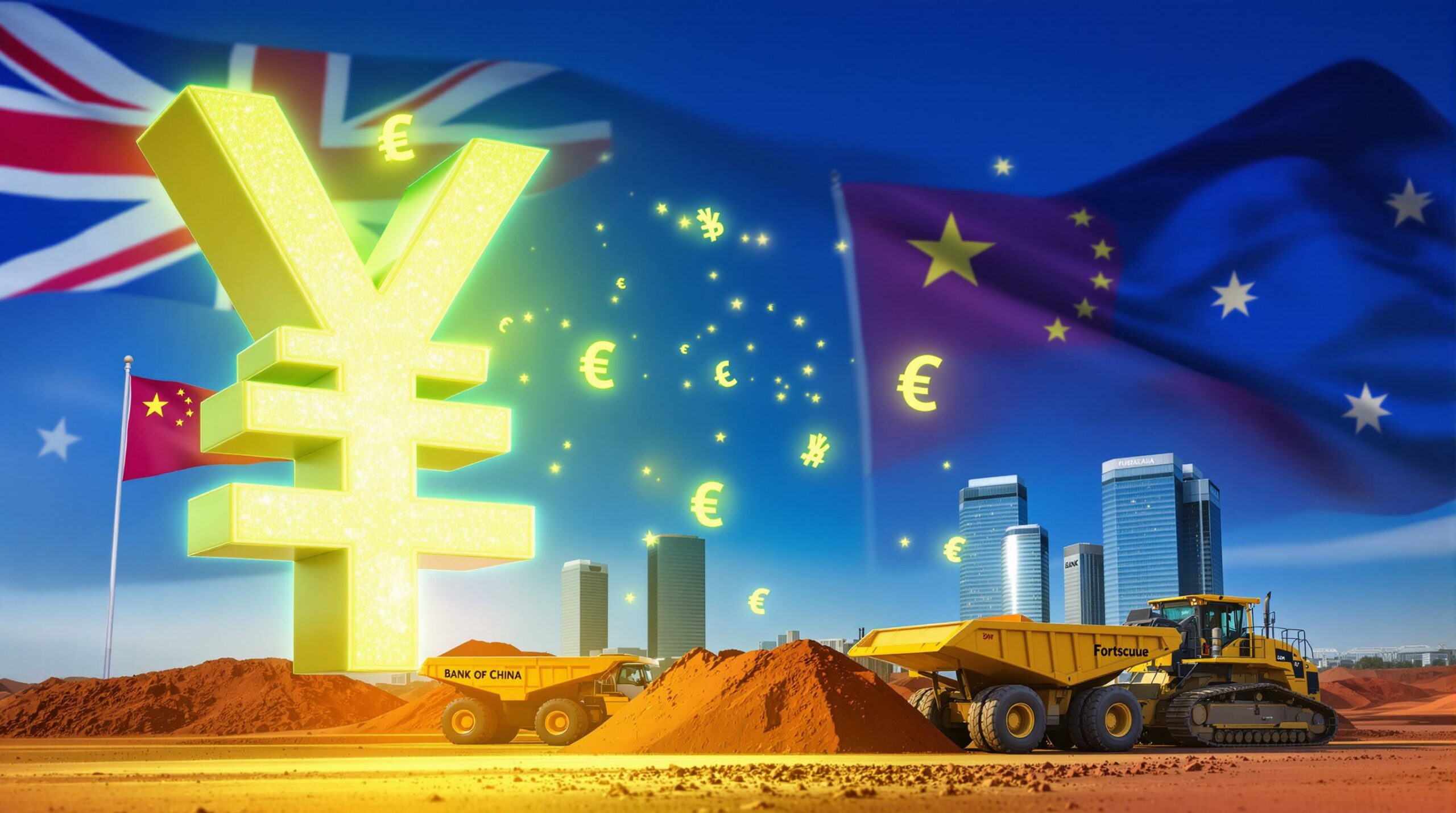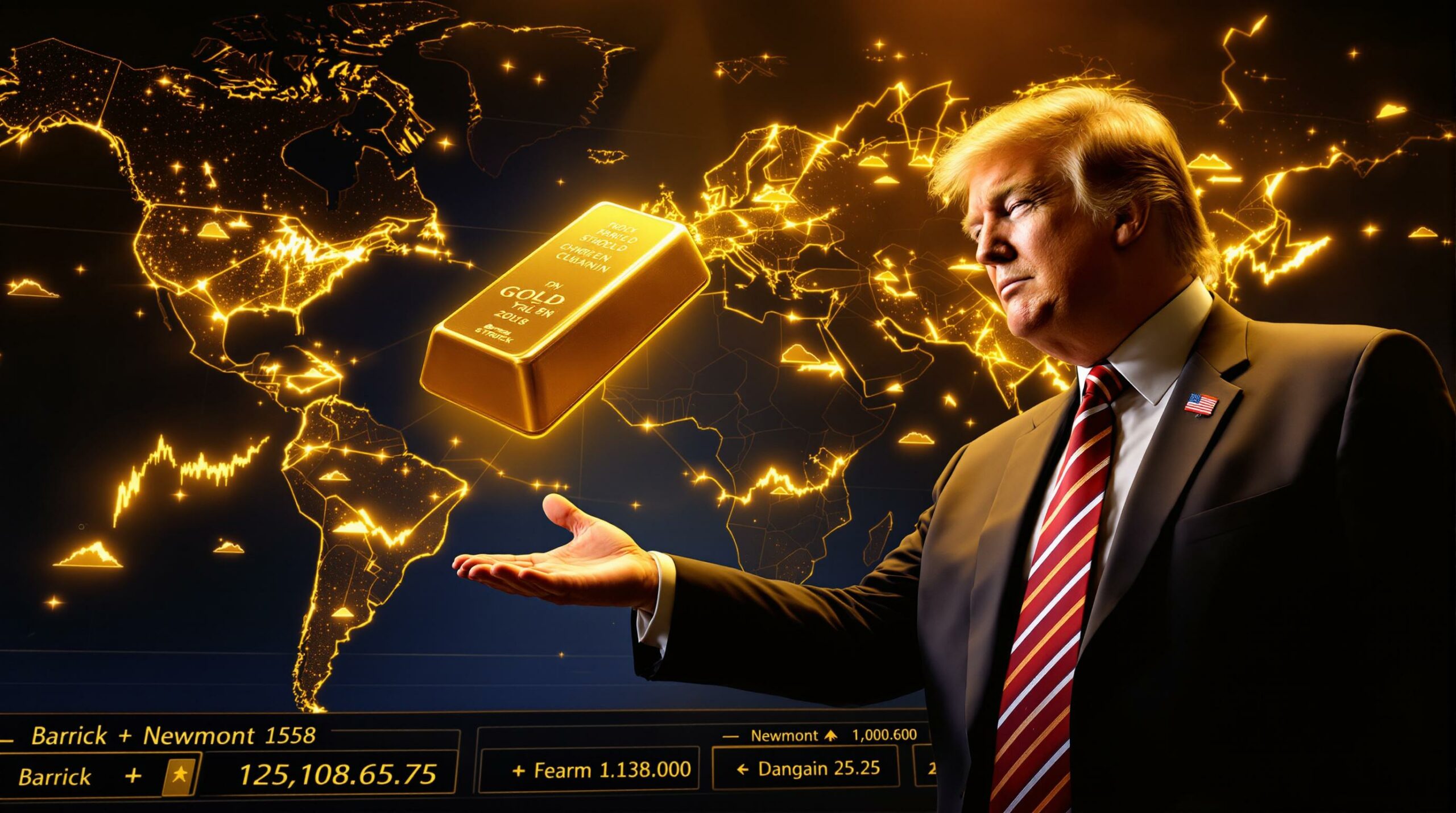Understanding Copper Tariffs: Economic Impact and Market Dynamics
Tariffs on copper represent a critical economic policy tool that significantly impacts global trade, manufacturing costs, and consumer prices. These government-imposed taxes on imported copper products create ripple effects throughout supply chains and economies. As copper remains essential for construction, electronics, renewable energy, and countless industrial applications, understanding tariff mechanisms and consequences becomes increasingly important for businesses, investors, and consumers alike.
What Are Copper Tariffs and How Do They Work?
Copper tariffs are taxes imposed by governments on imported copper products, designed to regulate trade flows and protect domestic industries. These taxes typically function as a percentage-based duty on the declared value of copper imports, with importers required to pay these fees before their shipments can clear customs and enter the domestic market.
The taxation mechanisms for copper imports can take several forms:
- Ad valorem tariffs: Percentage-based taxes calculated on the assessed value of imported copper
- Specific tariffs: Fixed monetary amounts charged per unit weight or volume
- Compound tariffs: Combinations of both percentage-based and specific tariff structures
- Countervailing duties: Special tariffs designed to offset subsidies provided by exporting countries
- Anti-dumping duties: Targeted measures against exporters selling below fair market value
Tariff policies have evolved significantly over time, reflecting broader economic philosophies and geopolitical realities. During the mid-20th century, many nations maintained substantial tariff barriers to foster domestic industrial development. The late 20th century saw widespread tariff reductions through multilateral trade agreements, while recent years have witnessed renewed interest in protectionist measures amid changing global tariff impact.
Why Governments Implement Copper Tariffs
Government decisions to impose tariffs on copper typically stem from multiple motivations, both economic and political. Understanding these rationales provides context for current and future policy directions.
Economic Protection Arguments
Domestic copper producers often lobby for tariff protection, arguing that foreign competition benefits from unfair advantages like lower environmental standards, cheaper labor costs, or government subsidies. Proponents maintain that tariffs level this playing field, preserving jobs in mining regions where alternative employment opportunities may be limited.
However, as Rick Rule observes, "This is all theater. When I look across the length and breadth of these tariffs, it's pretty clear that this is just a series of transactions. There's no rational policy behind this." This perspective highlights how economic justifications may sometimes mask political calculations.
Strategic Resource Security
Copper's essential role in defense systems, energy infrastructure, and telecommunications networks elevates it to strategic importance. Governments increasingly view domestic production capacity as a national security imperative, especially amid growing concerns about supply chain vulnerabilities exposed during recent global disruptions.
Countries with limited domestic copper resources often find themselves particularly vulnerable to supply disruptions or price manipulation by major producing nations. Tariffs can encourage domestic refining capacity even when raw materials must be imported, providing a middle-ground approach to resource security.
Revenue Generation
For governments facing budget constraints, tariffs represent an attractive revenue source compared to politically challenging domestic tax increases. The appeal stems partly from the perception that these taxes target foreign entities rather than domestic constituents.
This rationale overlooks the economic reality that tariffs ultimately function as indirect consumer taxes. As Rick Rule bluntly explains: "The Chinese aren't paying those tariffs. The people who buy the Chinese stuff are paying those tariffs." This tax burden passes through the supply chain to end users rather than remaining with foreign producers.
Political Calculations
Mining-dependent communities often represent politically important constituencies, making tariff protection an appealing policy for elected officials seeking support. The localized benefits of protecting mining jobs become visible and attributable to specific policies, while the dispersed costs across consumers remain less immediately apparent.
Tariffs also function as negotiating leverage in international trade discussions. Governments frequently implement or threaten trade war impact on copper not as permanent policy but as bargaining chips to secure concessions in other economic sectors or diplomatic arenas.
Price Transmission: How Copper Tariffs Affect Consumer Prices
When governments implement tariffs on copper, the economic impacts flow through a predictable transmission mechanism that ultimately results in higher prices for consumers and businesses.
The Cost Flow Through Supply Chains
Tariffs initiate a sequential cost increase throughout the supply chain:
- Importers pay the tariff to customs authorities, immediately increasing their costs
- Importers raise prices to distributors and manufacturers to maintain viable margins
- Manufacturers incorporate higher material costs into their product pricing
- Wholesalers and retailers adjust pricing to accommodate increased costs
- End consumers ultimately bear the economic burden through higher retail prices
This transmission process creates what economists call a "tax cascade" effect, where the original tariff percentage often multiplies into a larger final price increase by the time products reach consumers.
The Retail Price Reality
Major retailers operate with surprisingly thin profit margins, making it mathematically impossible for them to absorb significant tariff costs. As Rick Rule explains: "Suppose that Walmart is importing an item from China and they put a 30% tariff on it. Now, who do you reckon eats that? How do you take 30 out of three?" With typical retail profit margins around 3.5%, absorbing a 30% cost increase would immediately render operations unprofitable.
This economic reality forces businesses to pass tariff costs to consumers. The pricing impact varies based on the copper content in different products, with electrical wiring, plumbing materials, and electronics experiencing more significant price effects than products containing minimal copper.
The Compounding Tax Effect
Tariffs create a concerning "tax-on-tax" effect that amplifies consumer costs beyond the initial tariff percentage. When product prices increase due to tariffs, subsequent percentage-based sales taxes are calculated on the already-inflated price rather than the original pre-tariff price.
Rule illustrates this multiplier effect: "If you live in the People's Republic of Washington like I do and there's a 7.75% sales tax or whatever it is, you're paying 7.75 on a $130 rather than just a dollar." This creates a secondary tax burden directly resulting from the tariff policy, further increasing consumer costs.
Price Elasticity Factors
The consumer impact of copper tariffs varies substantially based on product type and demand elasticity:
- Essential products with high copper content: Items like residential wiring face significant percentage increases that consumers largely must accept
- Durable goods with moderate copper content: Appliances and vehicles see noticeable but not prohibitive increases
- Discretionary items with copper components: Electronics may experience smaller percentage increases but still contribute to overall inflation
When assessing consumer impacts, it's crucial to recognize that copper-intensive products often represent essential purchases that households cannot easily defer or avoid, meaning consumers have limited ability to escape these higher costs.
Economic Consequences of Copper Tariffs
Copper tariffs generate complex economic consequences that extend far beyond their immediate revenue generation for governments. These effects ripple throughout domestic manufacturing, international trade, inflation metrics, and investment decisions.
Impact on Domestic Manufacturing
Manufacturers using copper as an input material face significant challenges when tariffs increase their raw material costs:
- Compressed profit margins unless prices can be raised proportionally
- Competitive disadvantages against international manufacturers accessing tariff-free copper
- Incentives to relocate production to countries without copper import restrictions
- Accelerated automation investments to offset higher material costs
- Reduced competitiveness in export markets due to higher production costs
These effects can paradoxically harm the very manufacturing sectors that tariff policies ostensibly aim to protect, particularly in downstream industries where copper represents a significant input cost.
International Trade Distortions
Copper tariffs alter global trade patterns in predictable but complex ways:
- Trade diversion: Imports shift from targeted countries to non-targeted nations
- Transshipment strategies: Material routing through third countries to avoid tariff barriers
- Retaliatory measures: Counter-tariffs on other products from the implementing country
- Supply chain restructuring: Companies reorganize production to minimize tariff exposure
- Gray market development: Unofficial channels emerge to circumvent official import processes
These trade distortions often reduce overall economic efficiency while creating compliance challenges and enforcement costs for customs authorities.
Inflation Ramifications
Unlike many economic policies with indirect or debatable inflationary effects, tariffs directly and measurably increase prices. This inflationary impact occurs through several mechanisms:
- Immediate price increases for copper-containing products
- Gradual price adjustments in substitute materials as demand shifts
- Wage pressure as workers seek compensation for higher living costs
- Reduced purchasing power across the broader economy
- Potential monetary policy responses (interest rate increases) to control resulting inflation
The inflationary effects of tariffs on copper can be particularly challenging during periods when central banks are already battling inflation from other sources, potentially necessitating more aggressive interest rate policies.
Investment Uncertainty
Tariff policies, especially when implemented unpredictably or with frequent adjustments, create investment uncertainty in both mining and manufacturing sectors:
- Delayed capital expenditure in domestic copper production despite higher prices
- Hesitancy to invest in manufacturing facilities due to input cost uncertainty
- Reallocation of investment capital to countries with more predictable trade policies
- Reduced research and development spending as margins compress
- Strategic stockpiling behavior that further distorts market signals
This investment uncertainty can significantly reduce economic growth potential over the medium and long term, even if short-term protection benefits appear positive.
Market Responses to Copper Tariff Announcements
Financial and commodity markets respond swiftly and sometimes dramatically to copper tariff announcements, creating both challenges and opportunities for various market participants.
Price Volatility Patterns
Copper prices typically display significant volatility following tariff announcements as markets process the potential supply and demand implications. As Rule notes: "There was some huge news about the tariffs on copper, copper price shot up and then it was another bombshell dropped." This volatility reflects the market's struggle to price in complex policy changes with uncertain implementation timelines.
The initial price reaction often overshoots as traders position for worst-case scenarios, followed by moderation as more details emerge about implementation schedules, exemption processes, and potential workarounds. This volatility creates significant risks for manufacturers trying to forecast input costs and set appropriate product pricing.
Trading Volume and Speculative Dynamics
Tariff announcements typically trigger substantial increases in copper futures trading volumes as market participants reposition their exposure. This heightened activity often signals increased speculative positioning rather than fundamental changes in physical copper demand or supply.
The expanded trading activity extends to the options market as businesses implement more sophisticated hedging strategies to manage tariff-related price uncertainty. These hedging activities can themselves influence price movements, creating feedback loops that amplify market volatility.
Regional Price Divergence
An interesting consequence of tariff policies has been the development of significant regional price differentials in the copper market. In countries implementing substantial tariffs, domestic copper prices can rise well above global benchmark prices, creating arbitrage opportunities and incentivizing creative supply chain restructuring.
These regional price differentials particularly impact multinational manufacturers, who must navigate complex sourcing decisions to optimize their global copper supply networks. Companies with production facilities in multiple jurisdictions gain competitive advantages through their ability to source copper in lower-tariff regions.
Investor Positioning Strategies
Different market participants develop distinct strategies in response to copper tariff policies:
- Mining companies: Accelerate production where possible to capitalize on higher domestic prices
- Metal traders: Develop sophisticated hedging strategies and arbitrage opportunities
- Manufacturing companies: Increase inventory levels ahead of implementation dates
- Institutional investors: Shift toward copper mining equities in countries not subject to import restrictions
- Speculators: Take positions based on anticipated price movements and policy responses
These divergent strategies contribute to market complexity and often exacerbate price volatility during the adjustment period following tariff announcements.
Long-Term Supply Chain Implications
Beyond immediate market reactions, tariffs on copper trigger fundamental reassessments of supply chain structures, material substitution strategies, inventory management approaches, and geopolitical alignments in the copper market.
Supply Chain Restructuring
Copper tariffs accelerate supply chain restructuring efforts as companies seek to minimize exposure to these trade barriers:
- Relocating manufacturing closer to copper sources or to countries with preferential trade access
- Developing supplier relationships in non-tariffed jurisdictions
- Creating more vertically integrated operations to better control costs
- Implementing sophisticated inventory management systems to optimize tariff exposure
- Exploring copper recycling opportunities to reduce reliance on primary imports
These restructuring efforts often involve significant capital investments and multi-year implementation timelines, creating persistent economic friction even if tariff policies later reverse.
Material Substitution Innovation
Persistently higher copper prices resulting from tariffs drive increased research into alternative materials:
- Aluminum substitution in certain electrical applications where technically viable
- Composite materials development for traditionally copper-intensive components
- Advanced design approaches that minimize required copper quantities
- Enhanced recycling technologies that improve recovery from existing products
While some substitution possibilities exist, it's important to recognize copper's unique combination of electrical conductivity, thermal properties, corrosion resistance, and ductility makes complete substitution impossible for many applications.
Strategic Stockpiling Behaviors
Tariff policies frequently trigger strategic stockpiling behaviors that create their own market distortions:
- Manufacturers building abnormally large inventory positions
- Speculators physically holding copper in anticipation of price increases
- Countries developing or expanding strategic metal reserves
- Delayed scrap metal recycling as holders await optimal pricing
- Financing deals leveraging copper as collateral becoming more prevalent
These stockpiling behaviors can temporarily exacerbate supply tightness while creating the potential for future price pressure if these inventories eventually return to the market.
Geopolitical Copper Realignment
The copper market is experiencing a geopolitical realignment as countries reassess trading relationships in response to tariff policies and broader strategic concerns:
- New bilateral agreements between producing and consuming nations
- Development of "friendly" supply chains among geopolitical allies
- Increased investment in domestic mining capacity despite economic inefficiencies
- Growing government involvement in securing copper access through state-owned enterprises
- Emergence of new trading hubs in politically neutral jurisdictions
As Rick Rule observes on broader copper fundamentals: "For 30 years, we've underinvested in copper exploration and copper development and copper production. Meanwhile, the uses of copper have exploded." This underlying surging copper demand makes the geopolitical dimensions of copper access increasingly significant.
Industry Sector Impacts of Copper Tariffs
Copper tariffs affect various industry sectors differently based on their copper intensity, pricing power, and competitive dynamics. Understanding these differentiated impacts helps identify economic vulnerabilities and opportunities.
Construction Sector Challenges
The construction industry, a major copper consumer for electrical wiring, plumbing systems, and architectural elements, faces significant challenges from tariff-induced price increases:
- Housing affordability reduction: New home construction costs increase as copper wiring and plumbing components become more expensive
- Project budget pressures: Commercial construction faces margin compression or necessitates repricing
- Material substitution: Builders increasingly adopt plastic piping alternatives where building codes permit
- Design adaptations: Architects specify less copper-intensive design solutions
- Renovation cost increases: Electrical and plumbing upgrades for existing structures become more expensive
These effects can contribute to housing affordability challenges in markets already facing significant cost pressures from labor shortages and other material price increases.
Renewable Energy Complications
The renewable energy transition relies heavily on copper-intensive technologies, making this sector particularly vulnerable to tariff impacts:
- Solar installation costs increase due to higher copper wiring expenses
- Wind turbine manufacturing costs rise, with each turbine containing substantial copper
- Electric vehicle charging infrastructure deployment faces additional cost pressures
- Grid modernization projects require budget adjustments
- Energy storage systems experience component price increases
The International Energy Agency projects worldwide electrical demand to double by 2050, implying massive copper requirements for this energy transition. Tariffs that increase costs could potentially slow this deployment timeline.
Electronics Manufacturing Pressures
The electronics industry faces complex challenges from copper tariffs despite relatively small amounts in each device:
- Thin margin erosion in competitive consumer electronics segments
- Printed circuit board cost increases affecting everything from smartphones to appliances
- Data center construction and expansion cost escalation
- Competitive disadvantages for manufacturers in tariff-implementing countries
- Production automation acceleration to offset higher material costs
While individual consumer devices contain relatively small copper quantities, the aggregate impact across billions of devices creates significant industry-wide effects.
Automotive Sector Adjustments
Vehicle manufacturers face particular exposure to copper tariff effects, especially as electrification increases copper content:
- Traditional vehicles contain moderate copper quantities primarily in wiring harnesses
- Electric vehicles require substantially more copper for motors, batteries, and charging systems
- Charging infrastructure deployment becomes more expensive
- Component supplier margin compression throughout the supply chain
- Regional manufacturing advantages based on copper tariff exposure
These effects contribute to the already complex challenges facing automotive manufacturers navigating the transition to electric vehicle production while managing copper price predictions amid policy uncertainty.
Environmental and Sustainability Considerations
Copper tariffs generate complex environmental and sustainability implications that often receive less attention than their economic impacts but merit serious consideration in policy analysis.
Recycling Economics Enhancement
Tariffs on primary copper imports improve the economics of copper recycling operations:
- Higher virgin copper prices make recycling more profitable
- Investment in advanced recycling technologies becomes more attractive
- Collection rates for copper-containing products increase
- Development of more efficient separation technologies
- Expansion of formal recycling infrastructure in developing economies
This positive recycling effect represents one of the few potential environmental benefits of tariff policies, though it comes at the cost of
Ready to Stay Ahead of Major Mineral Discoveries?
Discover how significant mineral announcements can lead to substantial market returns by exploring Discovery Alert's dedicated discoveries page, where our proprietary Discovery IQ model transforms complex mineral data into actionable investment insights for both short-term traders and long-term investors.




